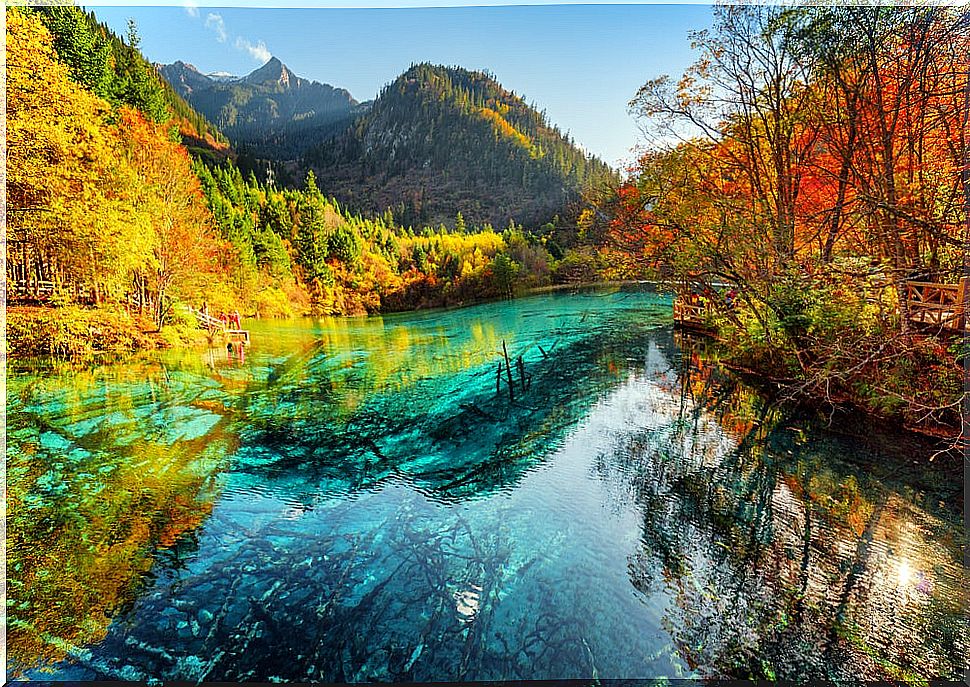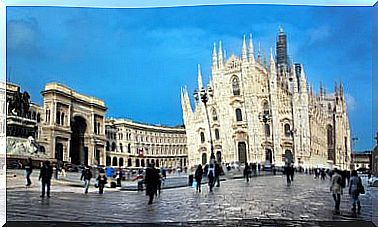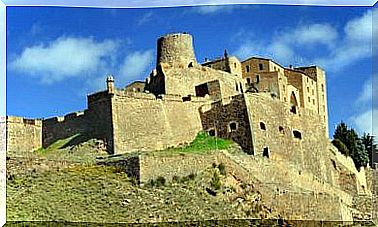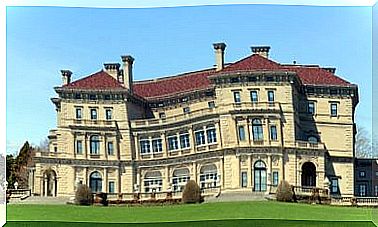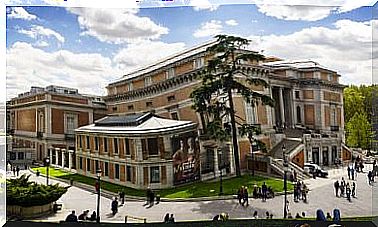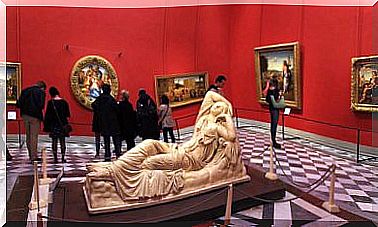Chinese Garden Architecture, A Key Element
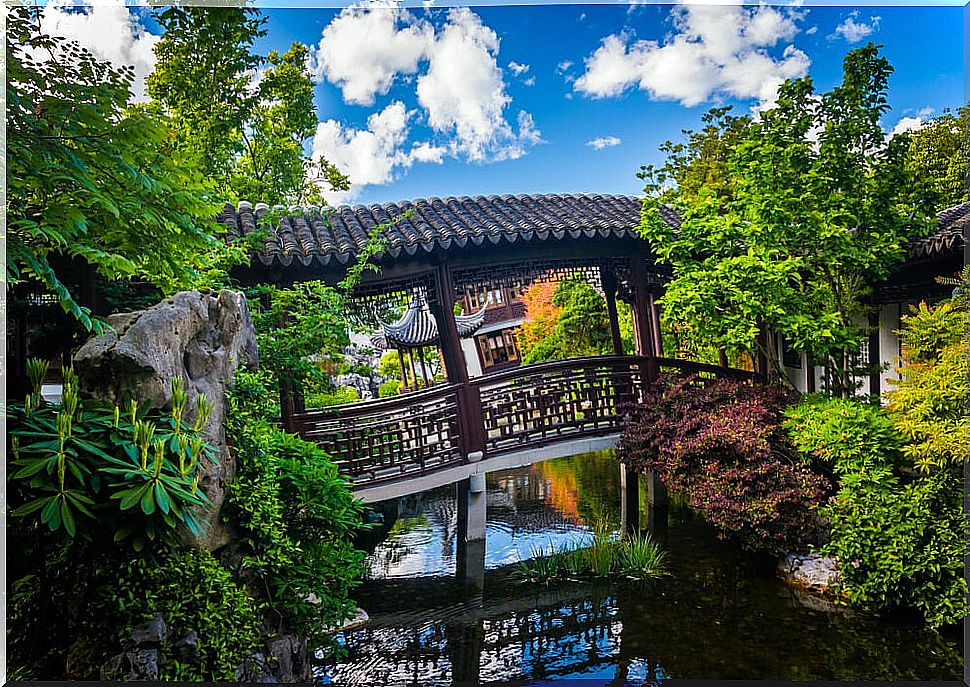
Chinese gardens are full of halls, pavilions, temples, galleries, bridges, kiosks and towers that occupy a large part of the garden space. An example of the importance of Chinese garden architecture is the Humble Administrator’s Garden in Suzhou. It has 48 structures designed to offer the visitor multiple points of view within the landscape.
In this short article, we are going to discuss the fundamental bases of the architectural structures that we can find in classical Chinese gardens. When you know them, you will be able to enjoy them in another way.
Main structures of the Chinese garden
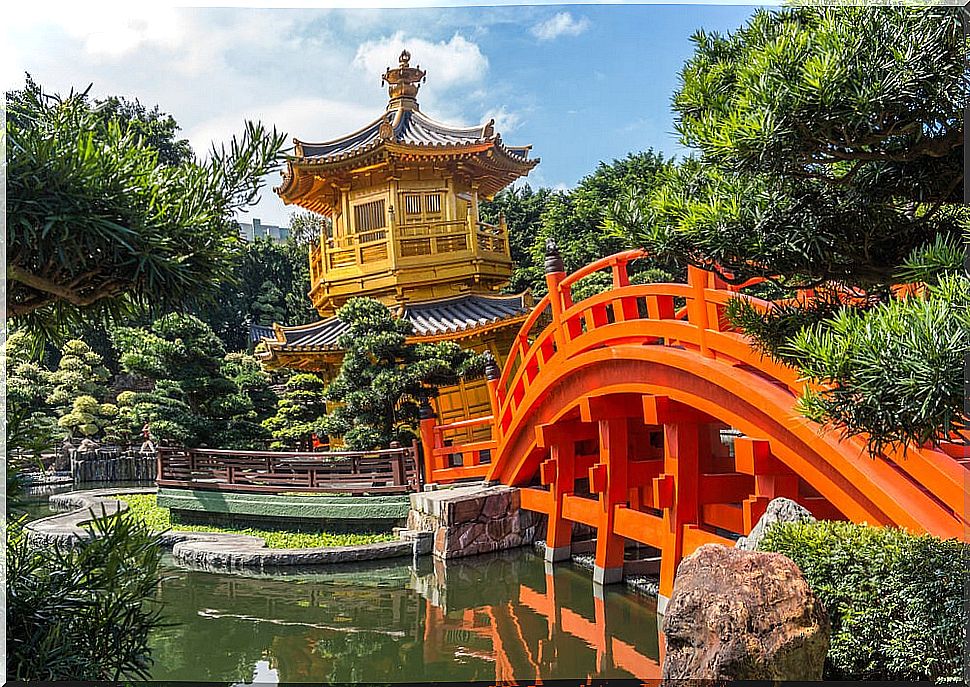
The structures that make up the garden do not fulfill a dominant function within the landscape. In China, it is intended that these are in perfect harmony with the environment. In the construction of the classical Chinese gardens there are a series of halls and pavilions that, in general, are repeated in all of them.
In this way, as soon as we enter the garden we will find the assembly hall, a building used for family celebrations and ceremonies. It usually has an interior patio.
Behind him is the main pavilion, a place for receiving guests. Sometimes banquets and festivities such as the New Year and the Lantern Festival were held there. It usually has a small porch that completely surrounds the building.
Farther from the entrance of the garden and closer to the residences, we find several more pavilions of great importance. The first is the flower pavilion, which has a backyard where brightly colored and quite exotic flowers are grown. A small rock garden is also usually found near the plantation.
There are other important pavilions within the garden. One of them is the so-called pavilion facing the four directions, which has movable walls to allow different views of the garden. There is also the lotus pavilion, which is always built next to the pond, as is the pavilion of the mandarin ducks, always facing north.
Pavilions in the chinese garden
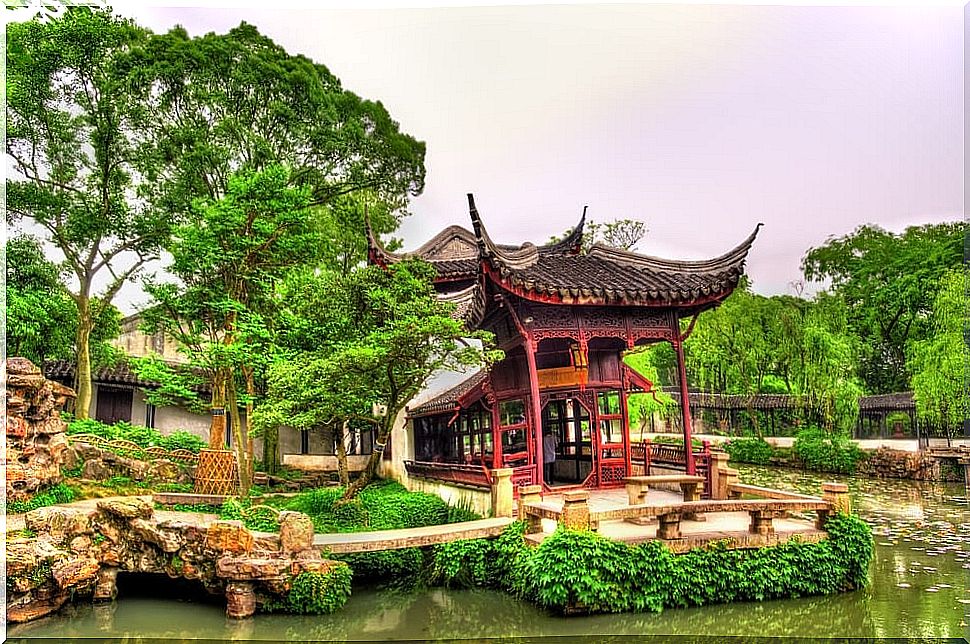
In addition to these large rooms, the garden is filled with smaller pavilions, which are designed to provide protection from the sun or rain. In addition, they are located in strategic places to appreciate daily natural events, such as sunset and sunrise.
Often these pavilions are attached to the wall of another building or sometimes placed next to them to offer new views of the garden. And they are usually open, at least on three of their sides. In some gardens, towers of up to two floors are sometimes included as architectural elements, which provide an overhead view of certain parts of the garden.
Other gardens have a picturesque stone pavilion in the shape of a ship, located on the pond. These generally have three parts: a gabled kiosk in the front, a more intimate room in the center, and a two-story structure with a panoramic view of the lagoon to the rear.
Emphasize cover-up and surprise
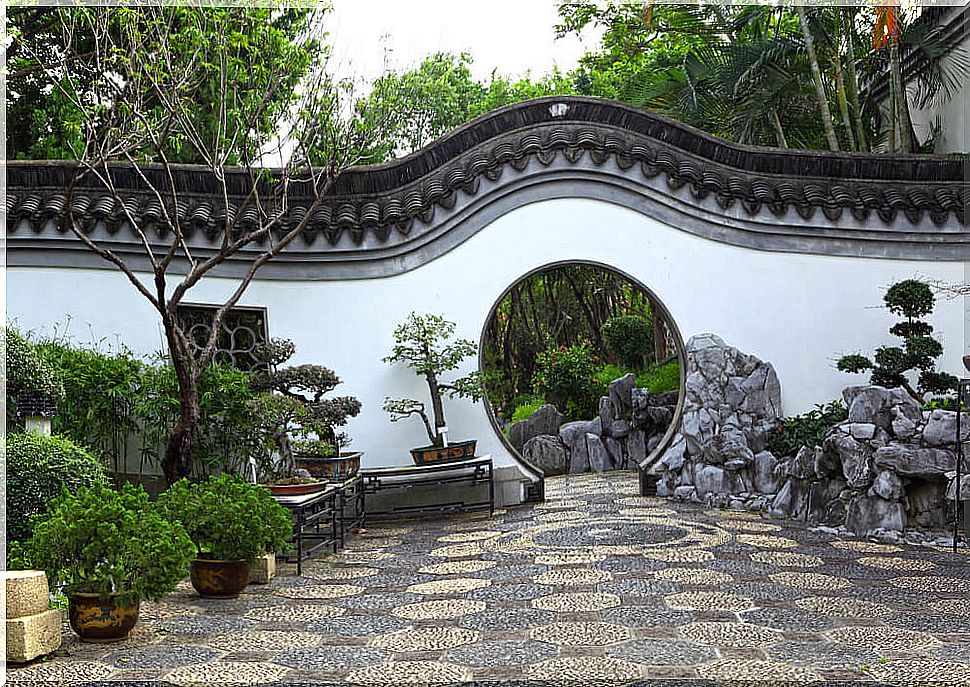
The classical Chinese garden is not created to be seen at once. The garden must be discovered little by little, as the visitor enters it. Whether strolling inside the pavilions or along the winding paths, the landscape remains hidden until the last moment. The architecture of the Chinese garden is the key to achieving this effect.
An important detail of the landscapes offered by gardens in China is that, as a general rule, they are strongly influenced by the arts. Therefore, it is natural to find natural scenes on the threshold of a path, through a window or hidden behind the bamboo.
On many occasions, the different gardens appeared behind a round door, the door of the Moon. Windows adorned with complex lattices are also widely used, decomposing the scene into small unique prints. Without this rich architecture of the Chinese garden, these living scenes that change, not only with each season, but with each point of view, could not be contemplated.
